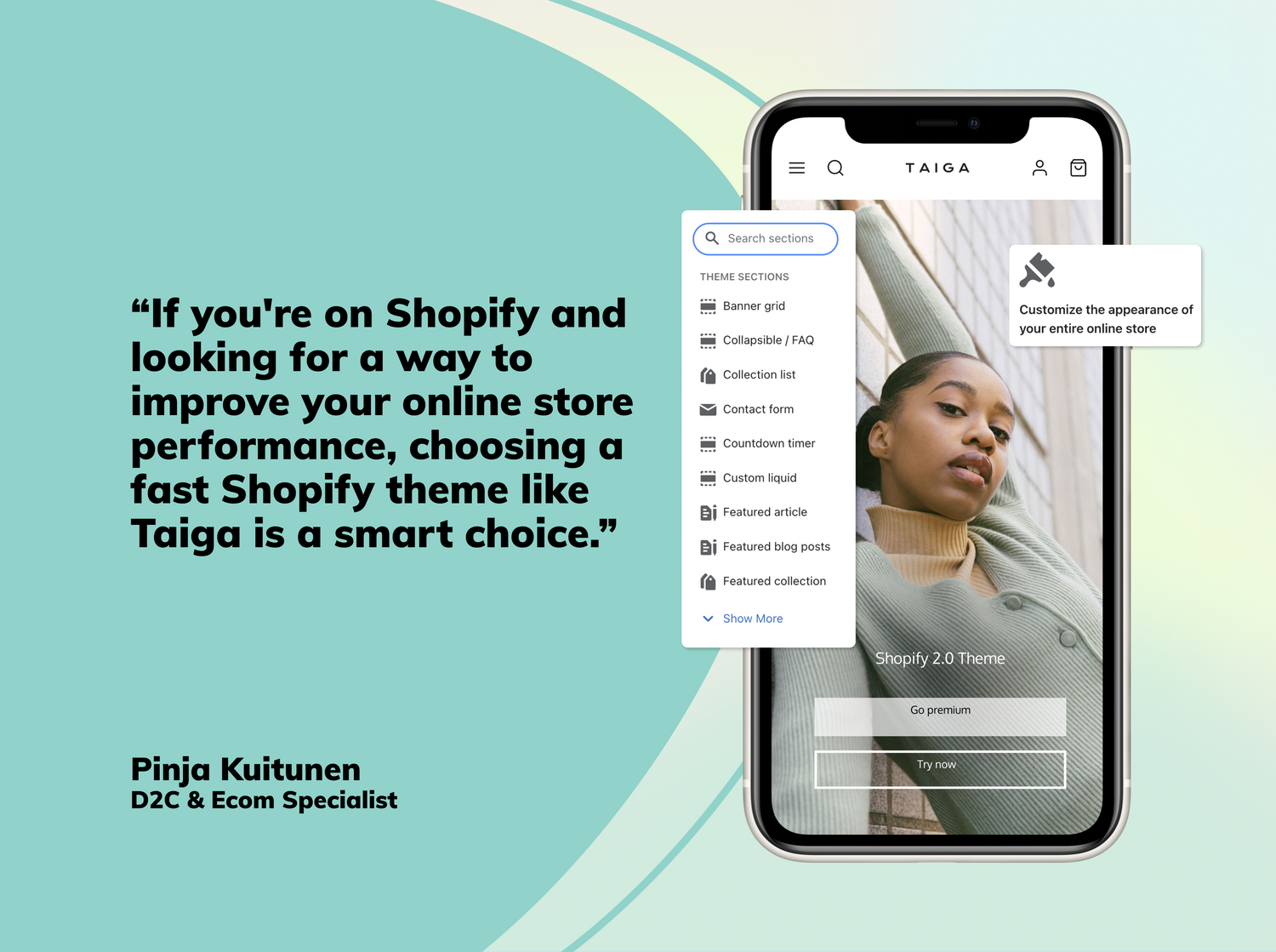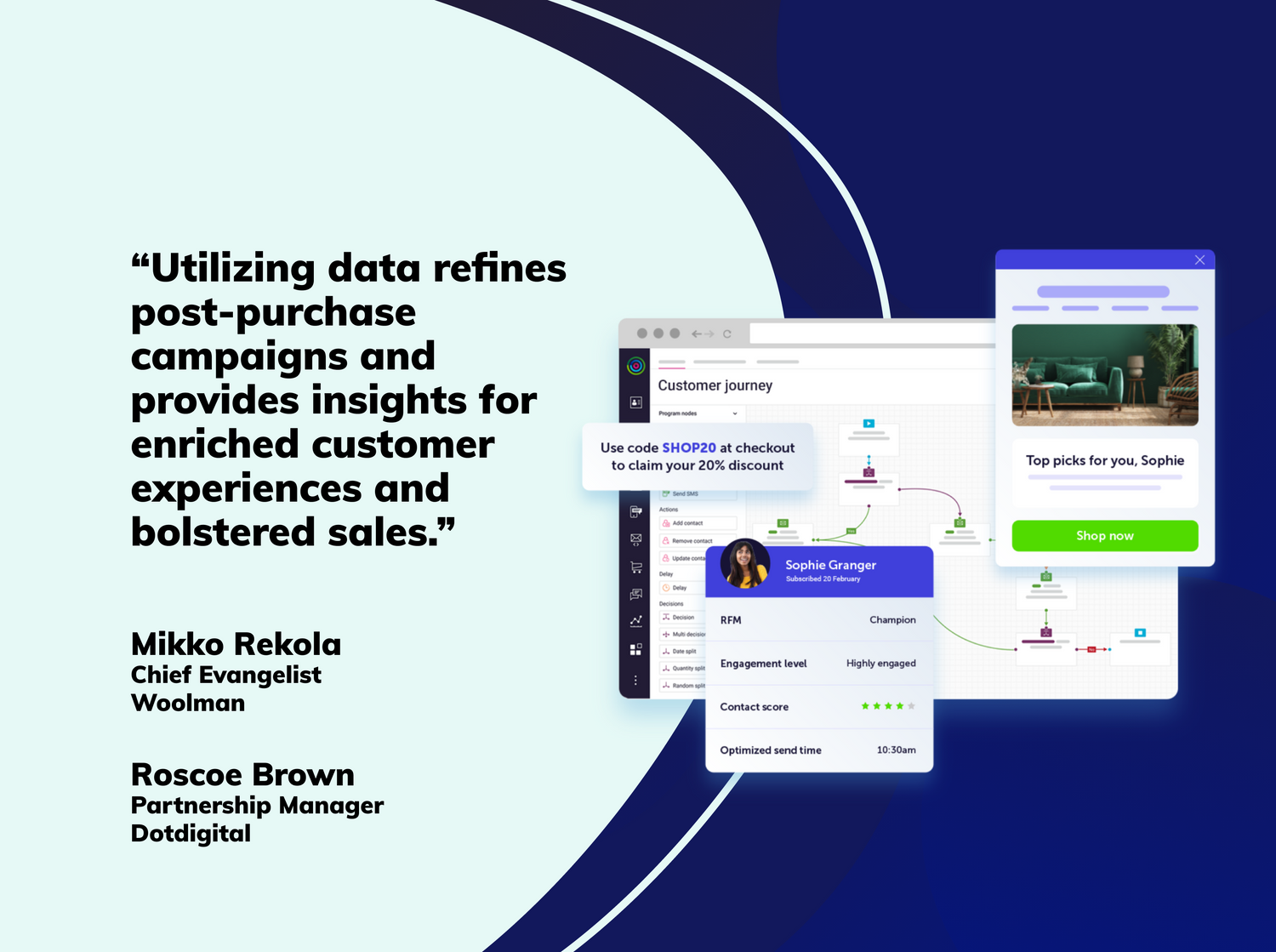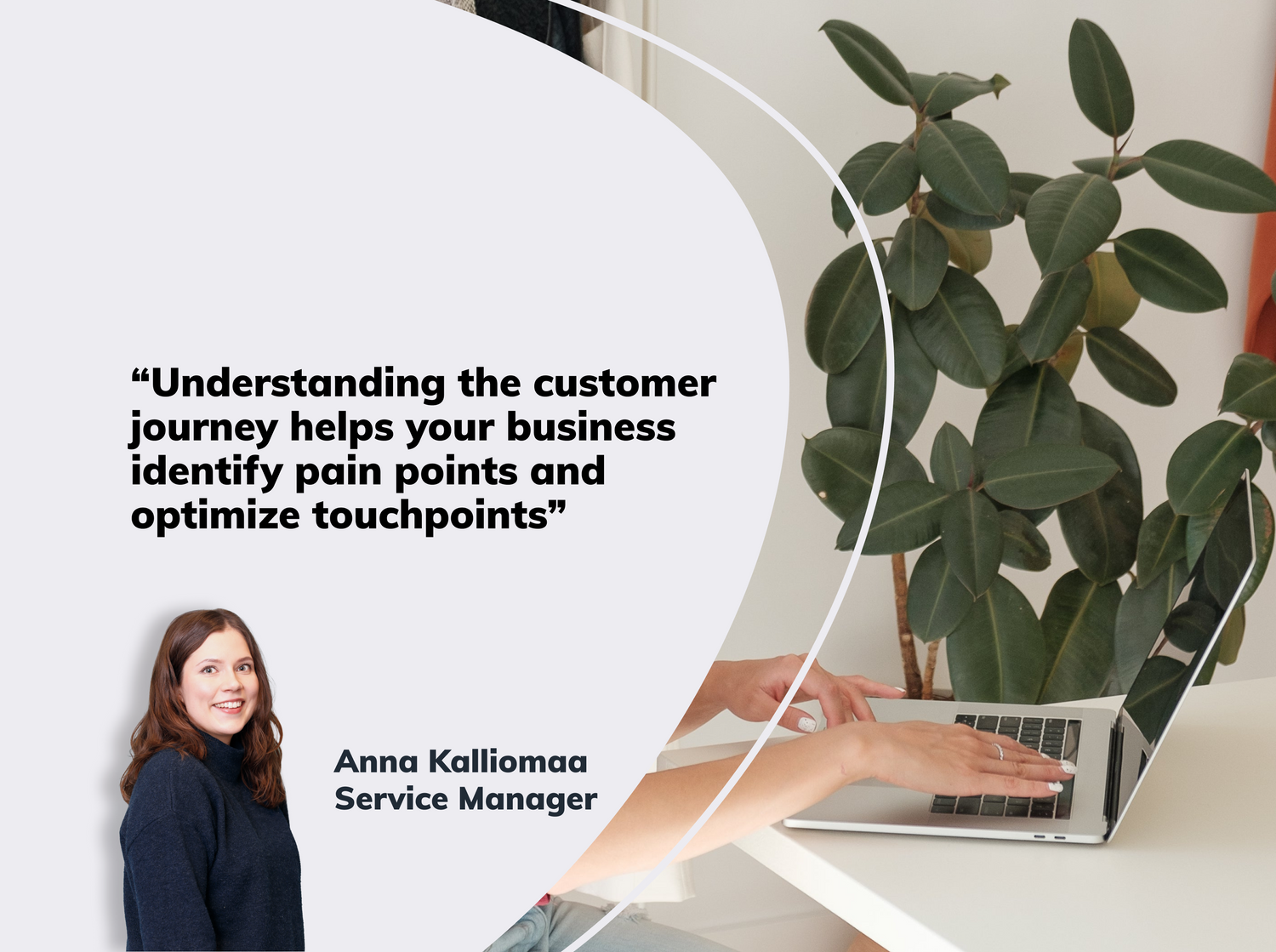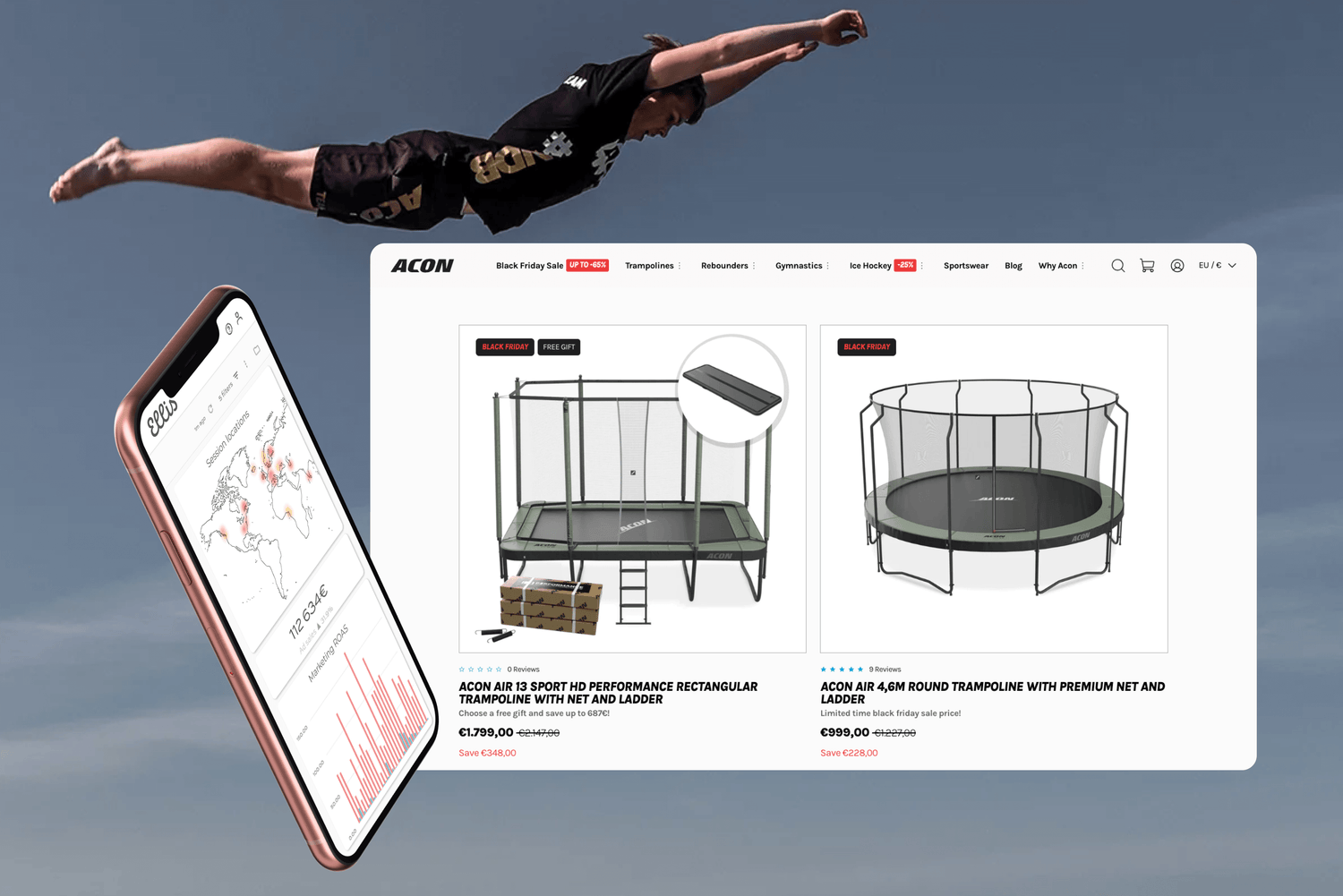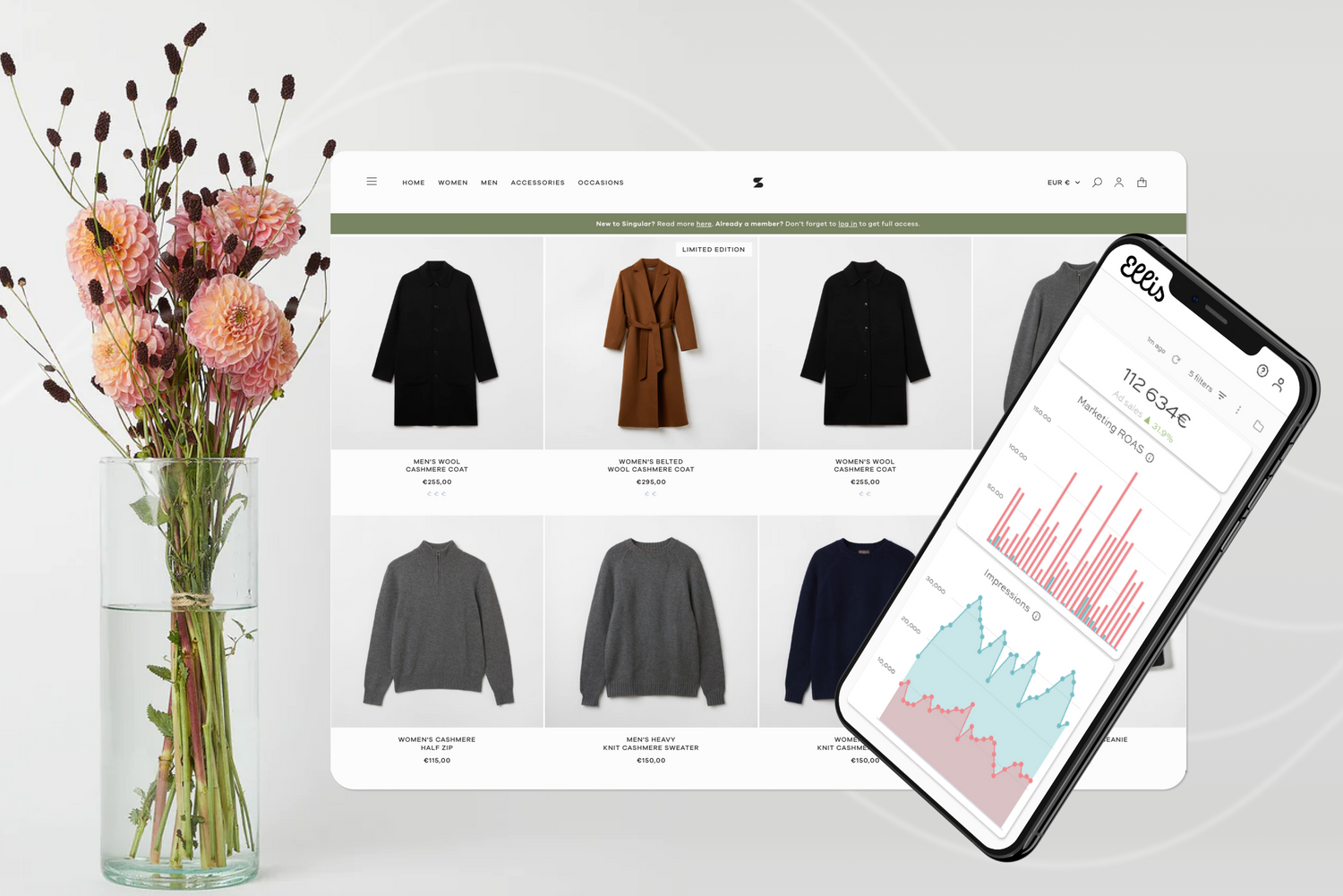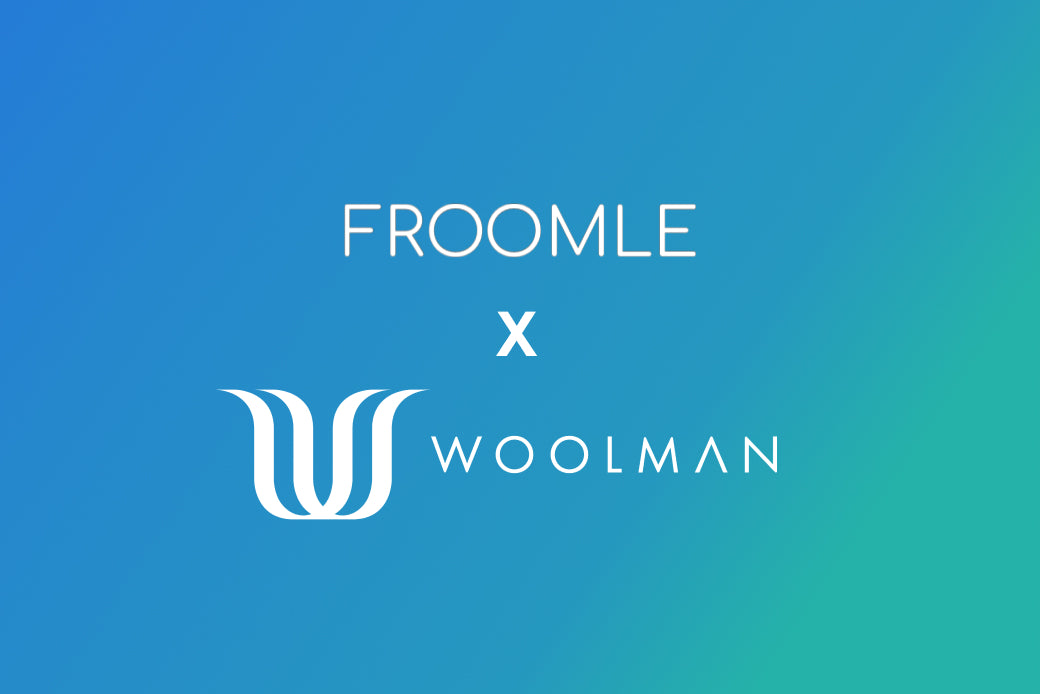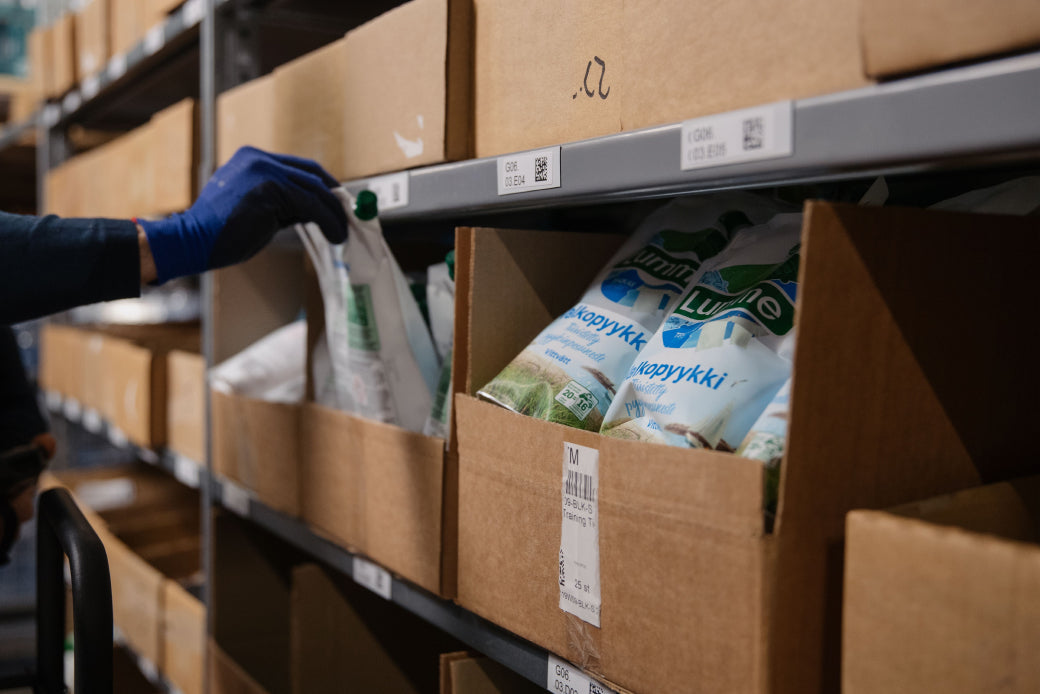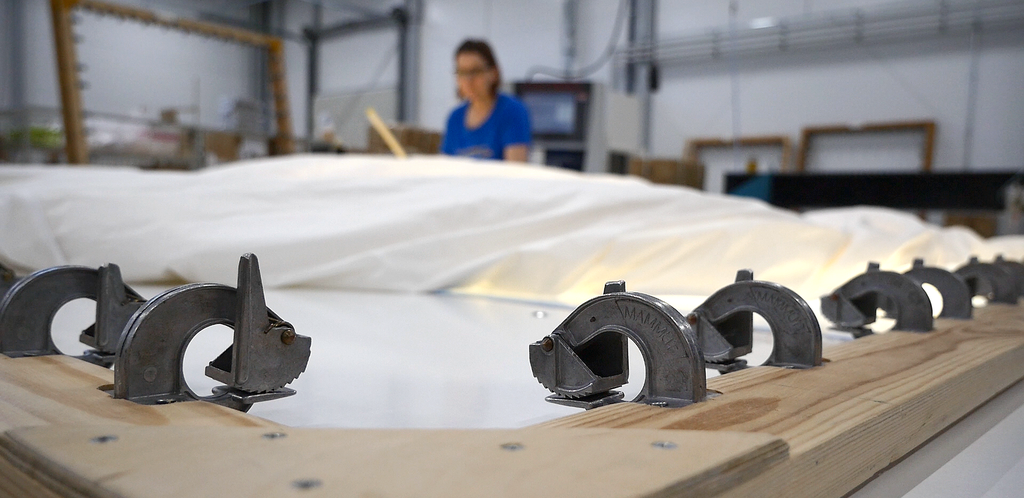
Switching e-commerce platform doesn't have to be problematic or time-consuming. Here at Woolman we help merchants switch to Shopify from such stores as Magento, WooCommerce, Mycashflow, Vilkas, Drupal and Prestashop. Careful preparation and analysing your own needs help you succeed.
Take the time to compare e-commerce platforms and to choose a holistic solution that meets your needs and supports your store’s marketing. Also, look ahead and ensure that the chosen platform provides space for growth and business development in the future.
When the actual store platform switch begins, consider at least the issues mentioned in this article. Careful preparation for the switch makes switching easier, but also saves time.
Data transfer and images
A crucial and often quite laborious part of switching e-commerce platform is transferring data from the old store to the new one. Some of the following data types are normally transferred:
- Products and product groups
- Customer data and order history
- Content pages, blogs and blog posts
- Gift cards, discount codes
- Product reviews
In good time, think about all the data you want to transfer from your old store. One good idea is to make a list of how much data there is to transfer. It should show the amounts of products, product groups and content pages. That way, you can allocate the correct labour resources in good time.
You should be particularly careful when it comes to product data. Go through them diligently to ensure that all the data are transferred from the old store to the new one. Data that are not transferred cannot necessarily be retrieved once the switch has finally occurred.
If there is only a small amount of data, the change work can be begun from a clean slate. In that case, the content is created manually while taking advantage of the new e-commerce platform’s features.
If there are slightly more data, they need to be transferred in larger batches, typically in CSV files. Unfortunately, different e-commerce platforms use different data structures. In that case, data conversion into the correct format, for example in Excel, is often the very least that’s required.

Merchants often want to update the store visually when switching platform. You should understand that if the old store used small, poor-quality images, they will not look any better on a new platform. If possible, search for high-quality version of your store’s images for the new store.
Tips for product images:
Store user interface
If you want some specific functionalities for your store’s customer user interface, it’s a good idea to define them precisely. A sensibly chosen off-the-peg theme will often contain features you want. Such features could include parsing product data across several tabs or certain product view filters on a category page.
Having difficulty choosing a Shopify theme? This article has pointers on what you should consider when choosing a theme.
You should also understand that even though Shopify is a very easy-to-use e-commerce platform, using and maintaining it may differ from your old and familiar platform. Be prepared for some things not working on exactly the same logic as before. Set aside time to get to grips with the new system.
Redirects, digital marketing and analytics
To retain your store’s visitor traffic and visibility during the switch, it’s extremely important to ensure that your store’s URLs are redirected to the corresponding Shopify addresses. It’s extremely important to ensure that the pages that see the most traffic redirect visitors to the right place.
If your store gets visitors from the likes of Google or Facebook ads, it’s a good idea to contact any current marketing partners and talk about your online store platform switch. Most importantly, remember to halt paid customer acquisition for the duration of the platform switch and only restart it when the new store is up and running. This demands preparations, both on ads and analytics.
Integrations into the backend systems
If your store is integrated into an ERP or other backend system, plan and implement the corresponding features in your Shopify store, too. The goal here is not to need to transfer any data manually from one system to the other in future. That only increases the risk of errors during transfers.
When switching e-commerce platform, consider the opportunity to bring old systems up to date with current business needs and demands.
If you’ve only put off switching e-commerce platform because you’re worried about system compatibility, contact us. We’ll see if there’s a solution for you.
You’ve got this!
Giving your store a makeover is a good opportunity to update it to better support business and make your life as a merchant easier. It’s easier to achieve results, too, as you’ll spend less time on technical troubleshooting and manual work and more on boosting sales and developing the company.
If you’ve thought about switching over to a Shopify online store, contact us. We’ll assess the situation together and think about whether Shopify is the right platform for you and your business needs, now and in the future.
Antti Salmi, project manager, Woolman



